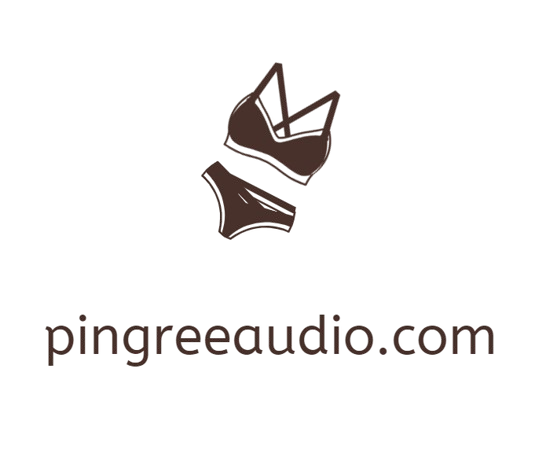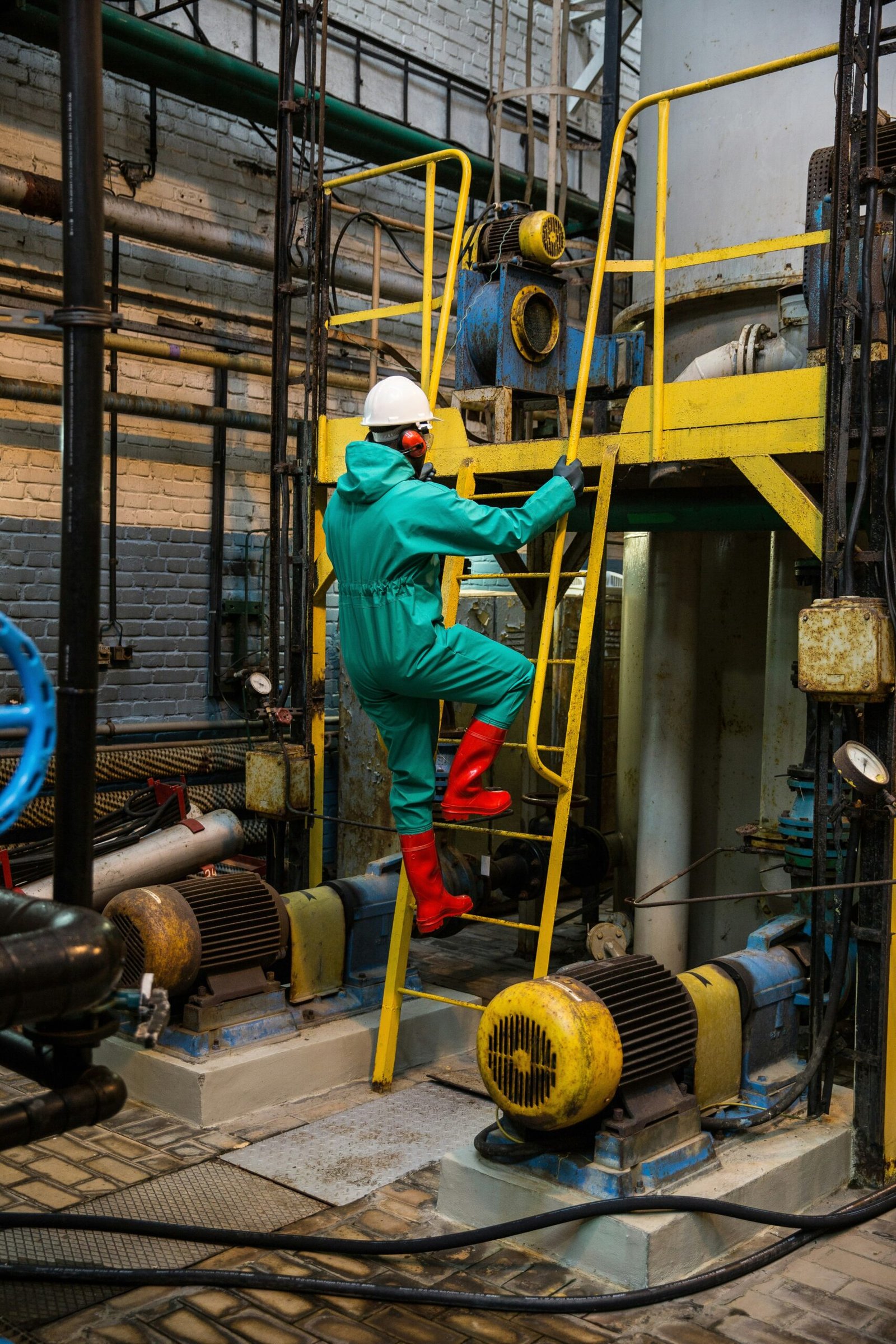Evolution of Professional Office Attire
The transformation of professional office attire has been marked by substantial changes over the decades, highlighting a dynamic interplay between societal transformations and workplace culture. Historically, office wear was synonymous with rigid, traditional outfits; a classic example being the ubiquitous dark suit, white shirt, and tie combination for men, and conservative dresses or skirt suits for women. This formal dress code mirrored the hierarchical and conventional structures prevalent in professional environments of the past.
A significant departure from this rigidity came with the introduction of “business casual” in the 1990s, a movement closely tied to the tech boom. Tech startups, particularly in Silicon Valley, were instrumental in advocating for comfort without compromising professionalism. Polo shirts, khakis, and loafers began to replace the more constrictive suit and tie, reflecting a shift towards a focus on innovation and flexibility over formality. This evolution of office attire signified a broader cultural revolution that endorsed individual expression and a departure from the uniformity that had long dominated professional wardrobes.
Concurrently, cultural shifts, including the increased emphasis on diversity and inclusion, further expanded the repertoire of acceptable professional attire. Traditional gender norms started to blur, allowing for a more inclusive range of clothing options. The rise of remote working, accelerated by global events in recent years, has also continued to challenge and redefine what constitutes appropriate office wear. With more professionals working from home, the focus shifted towards clothing that balances comfort with a semblance of professionalism for virtual meetings.
As social movements push for greater acceptance and workplace cultures evolve, the spectrum of acceptable office attire continues to broaden. These changes are not merely aesthetic but reflect deeper societal values, driving the ongoing modernization of professional clothing. The current trends in office wear are characterized by a harmonious blend of comfort, diversity, and personal style, reflecting the changing dynamics of the modern workplace.
Key Modern Trends in Professional Attire
The landscape of professional attire has evolved significantly, showcasing a blend of style, comfort, and ethical considerations. One of the predominant shifts in recent years is the rise of sustainable fashion choices. A growing number of professionals are now opting for clothing made from ethically sourced materials. Brands renowned for their commitment to sustainability, such as Stella McCartney and Patagonia, are leading the way by producing office-appropriate clothing that meets the high standards of both ethics and style. Additionally, the popularity of second-hand clothing has surged, with platforms like ThredUp and Poshmark making it easier for individuals to incorporate pre-loved items into their work wardrobes.
Another key trend revolutionizing professional attire is athleisure, where the boundaries between comfort and style seamlessly merge. Office environments have become increasingly flexible, welcoming pieces like tailored joggers, sleek sneakers, and refined hoodies. This shift promotes a balanced integration of practicality without compromising the polished look expected in a professional setting. Brands such as Lululemon and Athleta offer collections that cater specifically to this athleisure niche, reflecting the changing preferences of modern professionals.
Personalization of workplace attire is also gaining momentum. Professionals now have the liberty to express individuality through customizable elements in their clothing. From monogrammed accessories to tailored suits, the cultivation of a unique professional identity is celebrated. Services like Indochino and Nike By You empower individuals to add a personal touch to their work outfits, providing a sense of ownership and uniqueness.
Inclusivity in fashion has become an imperative, with notable strides toward creating gender-neutral clothing and adaptive wear for people with disabilities. Companies such as TomboyX and Hikilabs specialize in providing gender-neutral options, ensuring comfort and style for everyone. Similarly, adaptive clothing brands like IZ Adaptive and Tommy Hilfiger Adaptive are breaking barriers, making fashion accessible to individuals with varying physical needs. These inclusive trends underscore the importance of diversity and representation in the modern professional attire landscape.
Major brands and leading companies are actively embracing these key trends, setting new standards for what professional clothing should embody. As the fashion industry continues to innovate and adapt, professionals are afforded greater choices to not only look good but also feel confident and represent their values through their attire.
Building a Versatile Professional Wardrobe
Creating a modern professional wardrobe that strikes the perfect balance between formality and individuality is essential in today’s business environment. The cornerstone of such a wardrobe includes key staple pieces that not only showcase professionalism but also allow for personal style expression.
One of the most fundamental pieces in any professional wardrobe is the tailored blazer. A well-fitted blazer can seamlessly transition from corporate meetings to evening engagements, making it a versatile choice. Opt for neutral colors such as black, navy, or grey, which can be easily paired with various outfits. For those looking to add a touch of modernity, consider blazers in subtle prints or unique textures.
Versatile dresses are another crucial element. Choose timeless silhouettes like the sheath or A-line dress, which flatter most body types and are suitable for various professional settings. Invest in high-quality fabrics that maintain their shape and appearance over time. Adding a couple of dresses with contemporary designs or seasonal palettes can keep your wardrobe fresh and aligned with current trends.
Footwear bridges the gap between comfort and style. Classic pumps and loafers in neutral tones are indispensable. Moreover, sleek flats and low-heeled boots can offer additional comfort without compromising on professionalism. Always prioritize high-quality materials to ensure durability and a polished look.
Layering and accessorizing play pivotal roles in diversifying your wardrobe. Layering pieces such as cardigans, vests, and scarves can add depth and versatility to your outfits. Accessories like statement jewelry, quality watches, and elegant belts can elevate a basic ensemble, infusing it with personal flair.
Investing in timeless pieces is paramount. Items such as a classic trench coat, a pair of well-fitted trousers, and a quality leather bag can withstand fluctuations in fashion trends, ensuring you always look sophisticated. Maintaining your wardrobe through proper care can also extend the lifespan of your clothing, making it a worthwhile investment. Regularly clean and appropriately store your garments to preserve their condition.
By thoughtfully curating a versatile professional wardrobe, one can effortlessly navigate the dynamic world of modern office attire while ensuring both functionality and fashion are prioritized.
The Future of Office Fashion
As we navigate the evolving landscape of professional attire, the future of office fashion appears to be influenced significantly by several dynamic factors. One of the dominant trends shaping this future is the ongoing prevalence of remote work. With a considerable portion of the workforce continuing to operate from home, there is a noticeable shift towards hybrid wardrobes that blend formality with comfort. This hybrid approach not only accommodates the remote work lifestyle but also prompts a rethink of traditional office clothing norms.
The integration of technology into clothing, particularly wearable tech, is anticipated to play a crucial role in the future of office fashion. Innovations such as smart fabrics that monitor health metrics or garments equipped with connectivity features are set to become more common. These advancements will not only enhance the wearer’s lifestyle but also align with the growing trend of interconnected living, thereby redefining what professional attire can be.
Sustainability continues to be a pivotal concern, with more companies and designers prioritizing eco-friendly materials and ethical production methods. The push towards sustainable fashion is expected to gain further momentum, driven by both corporate responsibility and consumer demand. The office wardrobe of the future will likely feature recycled materials, biodegradable fabrics, and garments designed with circularity in mind.
The entry of younger generations into the workforce brings new perspectives on fashion and professionalism. Millennials and Gen Z, known for their distinctive attitudes towards self-expression and wellness, are challenging conventional dress codes and advocating for more inclusive and diverse fashion norms. This demographic shift is prompting employers to reconsider rigid dress codes in favor of policies that allow for personalization and authenticity.
Industry experts and fashion designers are optimistic about these trends. Sarah Thompson, a leading fashion analyst, predicts that “the professional attire of the future will be defined by versatility, sustainability, and technological integration.” Designers like Roberto Martinez are already experimenting with smart textiles and eco-friendly materials, setting a precedent for the new wave of office fashion.


